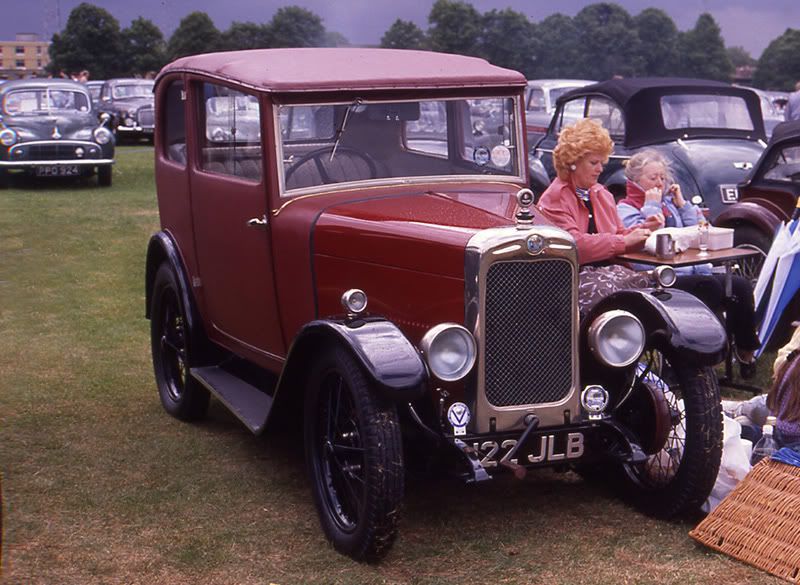I've been following this thread with interest but I'm also a little puzzled.
Dave, why do you want to scan a 35mm slide at 5000 x 3400 pixels unless you want to use it to make poster-sized prints or, like me, you just enjoy fiddling with gadgets?
The Bowens Illumitron was a professional slide duplicator used in the UK by processing labs, the larger picture libraries and the larger museums and art galleries who sold slides of their exhibits.
It was very expensive when new, too expensive for home use, so in the slide boom of the 1960s there appeared a rash of home duplicators, some quite expensive and very good and others cheap and rather poor. You either pointed the duplicator at the sky, or fired an electronic flash to illuminate the slide you were copying. They were used to make and send copies of family slides to relatives.
Many people were disappointed because they used a cheap duplicator and ordinary slide film to make the copies. Any copying to film increases contrast, and they should have used a better quality duplicator and lower contrast duplicating film. Kodak did a very good duplicating film, with a number not a name, but I can't remember the number.
With the advent of good colour negative film people started to make photo albums again instead of giving slide shows. With cheaper home computers and scanners they started scanning their older slides and printing them instead of copying them. Home slide duplicators just died away.
To my mind using a scanner is quicker and easier than setting up a light box and a digital camera and then downloading from the camera into a computer.
Yes, the actual scan takes longer than 1/125 sec but my scanner, an old Epson 2450 flatbed, sits alongsde my computer so all I have to do is put the slide into a negative holder in the scanner and scan it straight into the computer.
For viewing on screen, or printing out up to about half A4 size, scanning at 900 dpi gives me very sharp, non-pixellated results. For an A4 print, scanning at 1200 dpi is better.
Just as a check, I scanned a slide, put it in Photoshop, did a small amount of colour "brightening" and used the clone tool to take out some rubbish in the foreground. No sharpening.
The whole quite leisurely process, from start to finish, took 2 minutes 23 seconds, and nothing to pack up afterwards except putting the slide away.
Here's the result, scanned at 900 dpi using Vuescan which gave a picture just over 1,000 pixels wide. I reduced it to 72dpi x 800 pixels wide for posting here. IMHO you won't get a lot better without using a dedicated film scanner.

This picture of a restored 1929 Triumph Super Seven was taken in 1979 at a classic car meeting on a very overcast and drizzly day using Fujichrome in a Canon A1. You can see the slight raindrops on the bonnet (hood) and front wings (fenders).
The family owners had brought a picnic and, with typical British stoicism, they were determined to enjoy it whatever the weather.
Scanned at 900 dpi using an old Epson 2450 flatbed scanner and Vuescan. Post scanning: slight cropping at edges, slight colour brightening to compensate for a dull day and using the clone tool to remove various pieces of rubbish on the grass.
From putting the slide in the scanner to finish took 2 minutes 23 seconds. With batch scanning the average for each picture would be less. Why would I want to go to the bother of setting up a light box, copying stand and a digital SLR and then downloading the picture into Photoshop?
PeterW